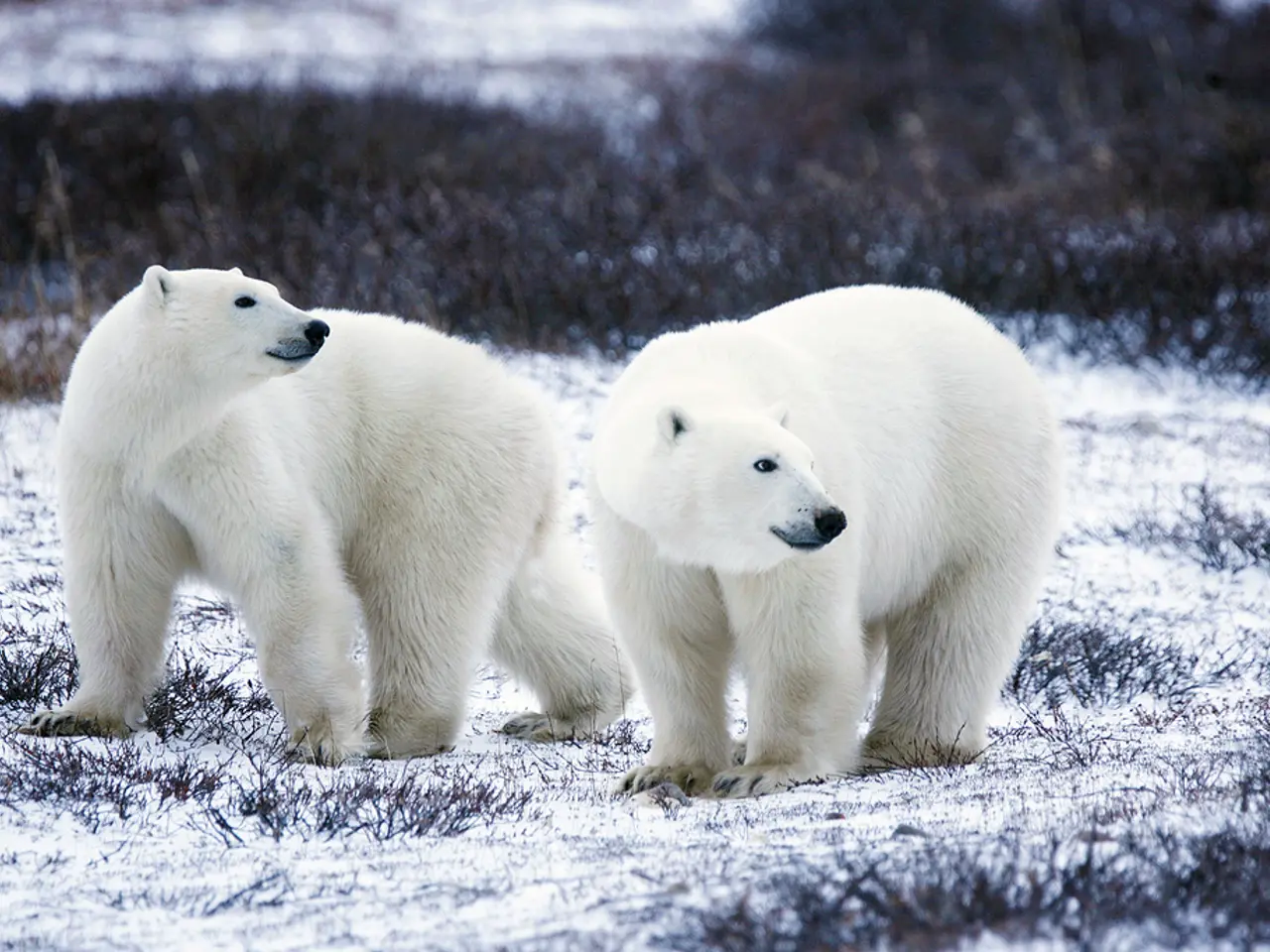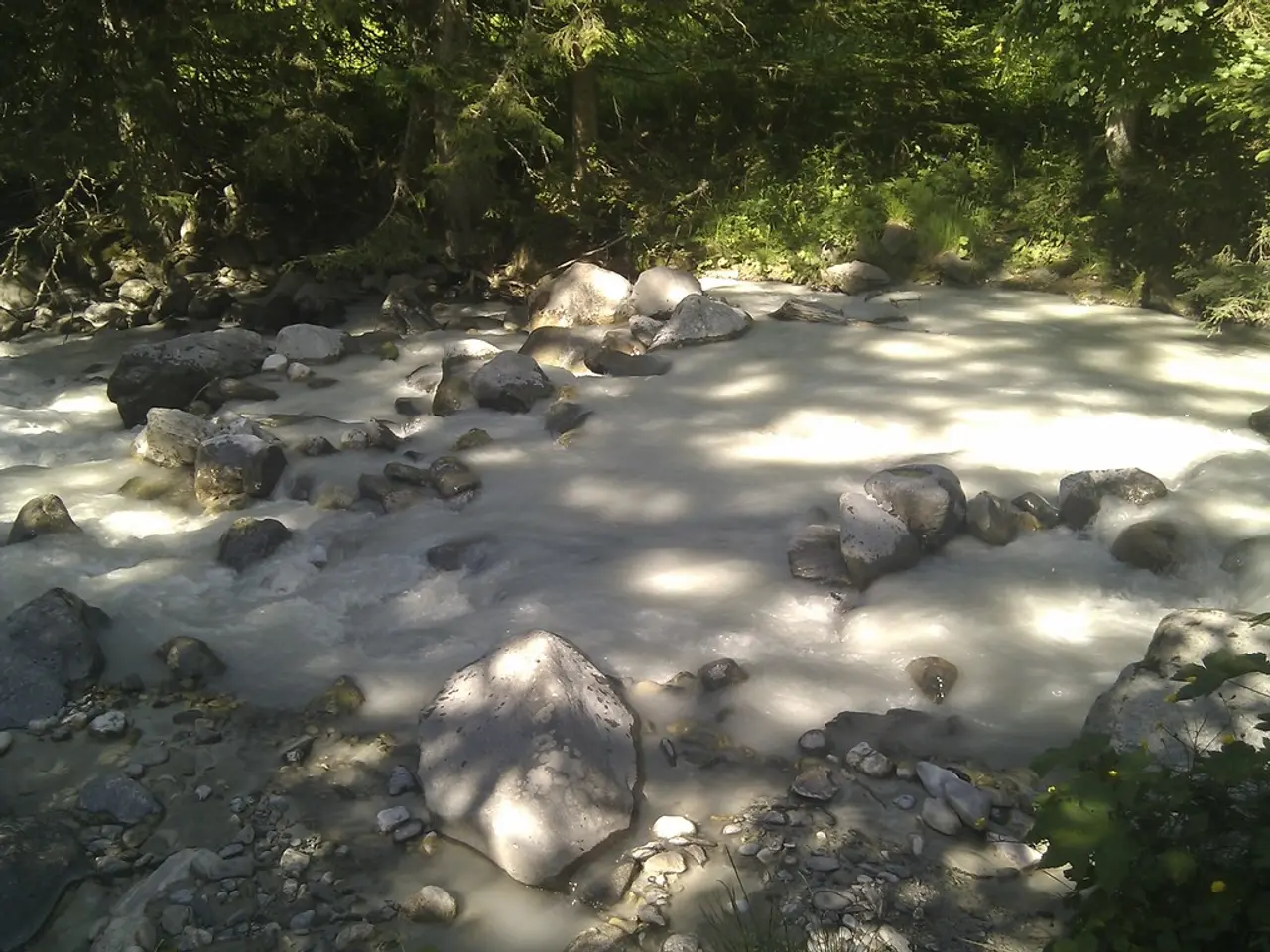Abnormally high temperatures sweeping across northern Europe, with temperatures exceeding 30°C even at the Arctic Circle, marking an unparalleled weather phenomenon.
Scandinavia Experiences Unprecedented Heatwave
In a stark departure from the usual chilly climes, Scandinavian countries have been hit by an unprecedented heatwave since mid-July, breaking numerous temperature records.
The heatwave, which has lasted over two weeks, has been primarily caused by a stationary high-pressure ridge, known as an omega block, that has lingered over the region. This atmospheric pattern has funneled warm air from continental Europe northward, reducing cloud cover and rainfall, thus allowing heat to build up significantly.
In addition, unusually warm Arctic waters have contributed to intensifying the heatwaves. These warm waters have acted as an additional heat source, amplifying regional temperatures. Underlying climate change has also played a significant role in increasing the frequency, severity, and duration of such heat events across the Nordic region and Europe more broadly.
The heatwave has resulted in record-breaking temperatures, with some areas experiencing heat above 25°C for two weeks or more. This is highly abnormal for the region, where temperatures typically hover around 15-20°C during summer. The thermometer at the Arctic Circle in Norway has topped 30 degrees for 13 consecutive days, an event unheard of in the region.
The heatwave has also led to severe weather phenomena, including violent storms, lightning strikes, and widespread wildfires. These events have caused ecological damage and posed a threat to communities. Heat-related human health impacts have also been significant, with increased mortality rates reported in several countries.
The heatwave has disrupted electricity and water supplies due to extreme heat stress on infrastructure. Agriculture, forestry, and fisheries have also been affected, with heat stress and resulting wildfires causing damage to crops and aquatic ecosystems.
Scientists predict that as climate change progresses, such intense and prolonged heatwaves will become more frequent and severe, especially in historically cooler regions like Scandinavia. The Arctic is warming about four times faster than the global average, which exacerbates local temperature extremes and increases the likelihood of repeated extreme heat events.
Infrastructure and communities in these countries remain largely unprepared for this new climate reality, highlighting an urgent need for adaptation measures. The era of "coolcations" (holidays seeking respite from the summer heat in Southern Europe) seems to be over due to the heatwave in Scandinavia.
References:
- Climate Central
- Nature
- The Guardian
- WMO
- European Environment Agency
- The prolonged heatwave in Scandinavia might be a sign of increasing frequency and severity of extreme weather events in environmental science, which scientists attribute to climate change.
- The average temperature in Scandinavia during summer typically hovers around 15-20°C, but the current heatwave has seen temperatures surpass 25°C for over two weeks, highlighting the effects of climate change on the weather patterns in the region.







